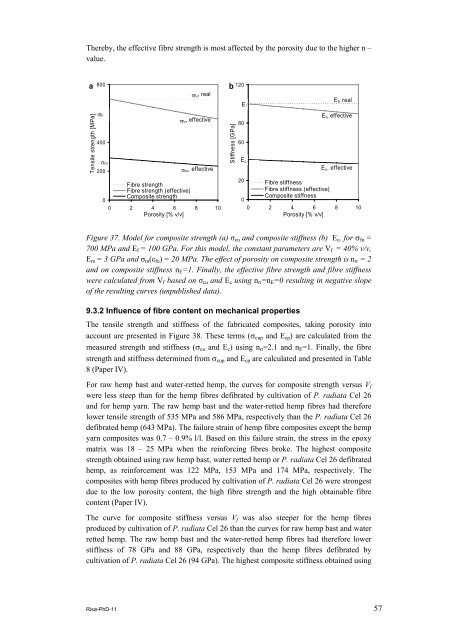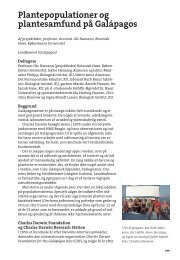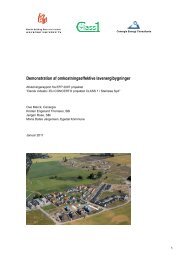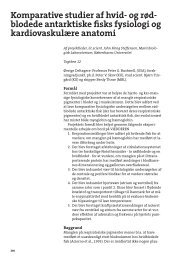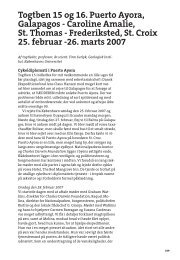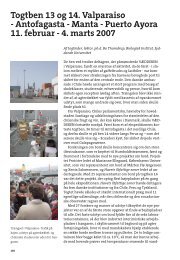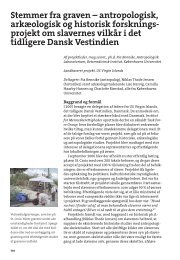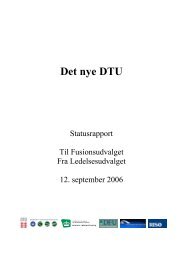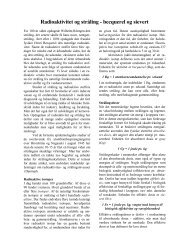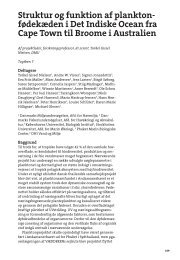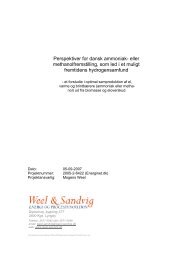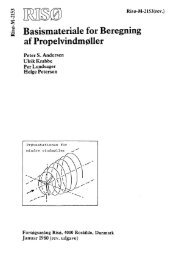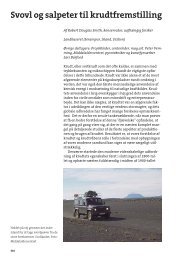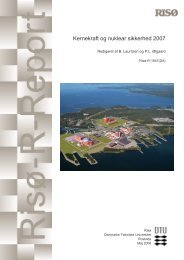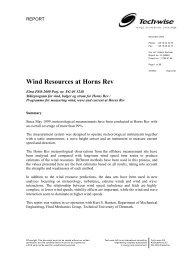Properties of hemp fibre polymer composites -An optimisation of ...
Properties of hemp fibre polymer composites -An optimisation of ...
Properties of hemp fibre polymer composites -An optimisation of ...
You also want an ePaper? Increase the reach of your titles
YUMPU automatically turns print PDFs into web optimized ePapers that Google loves.
Thereby, the effective <strong>fibre</strong> strength is most affected by the porosity due to the higher n –<br />
value.<br />
a<br />
Tensile strength [MPa]<br />
800<br />
600 σfu<br />
400<br />
σcu<br />
200<br />
σfu, real<br />
σfu, effective<br />
σcu, effective<br />
0<br />
Fibre strength<br />
Fibre strength (effective)<br />
Composite strength<br />
0 2 4 6 8 10<br />
Porosity [% v/v]<br />
b<br />
Stiffness [GPa]<br />
120<br />
100E<br />
f<br />
80<br />
60<br />
40 Ec E f, real<br />
E f, effective<br />
E c, effective<br />
20 Fibre stiffness<br />
Fibre stiffness (effective)<br />
0<br />
Composite stiffness<br />
0 2 4 6 8 10<br />
Porosity [% v/v]<br />
Figure 37. Model for composite strength (a) σcu and composite stiffness (b) Ec, for σfu =<br />
700 MPa and Ef = 100 GPa. For this model, the constant parameters are Vf = 40% v/v,<br />
Em = 3 GPa and σm(εfu) = 20 MPa. The effect <strong>of</strong> porosity on composite strength is nσ = 2<br />
and on composite stiffness nE=1. Finally, the effective <strong>fibre</strong> strength and <strong>fibre</strong> stiffness<br />
were calculated from Vf based on σcu and Ec using nσ=nE=0 resulting in negative slope<br />
<strong>of</strong> the resulting curves (unpublished data).<br />
9.3.2 Influence <strong>of</strong> <strong>fibre</strong> content on mechanical properties<br />
The tensile strength and stiffness <strong>of</strong> the fabricated <strong>composites</strong>, taking porosity into<br />
account are presented in Figure 38. These terms (σcup and Ecp) are calculated from the<br />
measured strength and stiffness (σcu and Ec) using nσ=2.1 and nE=1. Finally, the <strong>fibre</strong><br />
strength and stiffness determined from σcup and Ecp are calculated and presented in Table<br />
8 (Paper IV).<br />
For raw <strong>hemp</strong> bast and water-retted <strong>hemp</strong>, the curves for composite strength versus Vf<br />
were less steep than for the <strong>hemp</strong> <strong>fibre</strong>s defibrated by cultivation <strong>of</strong> P. radiata Cel 26<br />
and for <strong>hemp</strong> yarn. The raw <strong>hemp</strong> bast and the water-retted <strong>hemp</strong> <strong>fibre</strong>s had therefore<br />
lower tensile strength <strong>of</strong> 535 MPa and 586 MPa, respectively than the P. radiata Cel 26<br />
defibrated <strong>hemp</strong> (643 MPa). The failure strain <strong>of</strong> <strong>hemp</strong> <strong>fibre</strong> <strong>composites</strong> except the <strong>hemp</strong><br />
yarn <strong>composites</strong> was 0.7 – 0.9% l/l. Based on this failure strain, the stress in the epoxy<br />
matrix was 18 – 25 MPa when the reinforcing <strong>fibre</strong>s broke. The highest composite<br />
strength obtained using raw <strong>hemp</strong> bast, water retted <strong>hemp</strong> or P. radiata Cel 26 defibrated<br />
<strong>hemp</strong>, as reinforcement was 122 MPa, 153 MPa and 174 MPa, respectively. The<br />
<strong>composites</strong> with <strong>hemp</strong> <strong>fibre</strong>s produced by cultivation <strong>of</strong> P. radiata Cel 26 were strongest<br />
due to the low porosity content, the high <strong>fibre</strong> strength and the high obtainable <strong>fibre</strong><br />
content (Paper IV).<br />
The curve for composite stiffness versus Vf was also steeper for the <strong>hemp</strong> <strong>fibre</strong>s<br />
produced by cultivation <strong>of</strong> P. radiata Cel 26 than the curves for raw <strong>hemp</strong> bast and water<br />
retted <strong>hemp</strong>. The raw <strong>hemp</strong> bast and the water-retted <strong>hemp</strong> <strong>fibre</strong>s had therefore lower<br />
stiffness <strong>of</strong> 78 GPa and 88 GPa, respectively than the <strong>hemp</strong> <strong>fibre</strong>s defibrated by<br />
cultivation <strong>of</strong> P. radiata Cel 26 (94 GPa). The highest composite stiffness obtained using<br />
Risø-PhD-11 57


